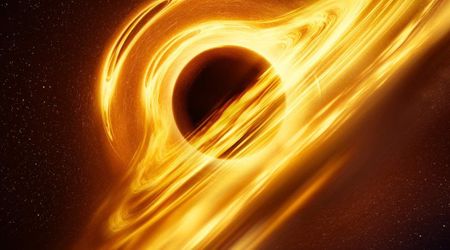Nearby dwarf galaxy held together by supermassive black hole 450,000 times the Sun's mass, study finds
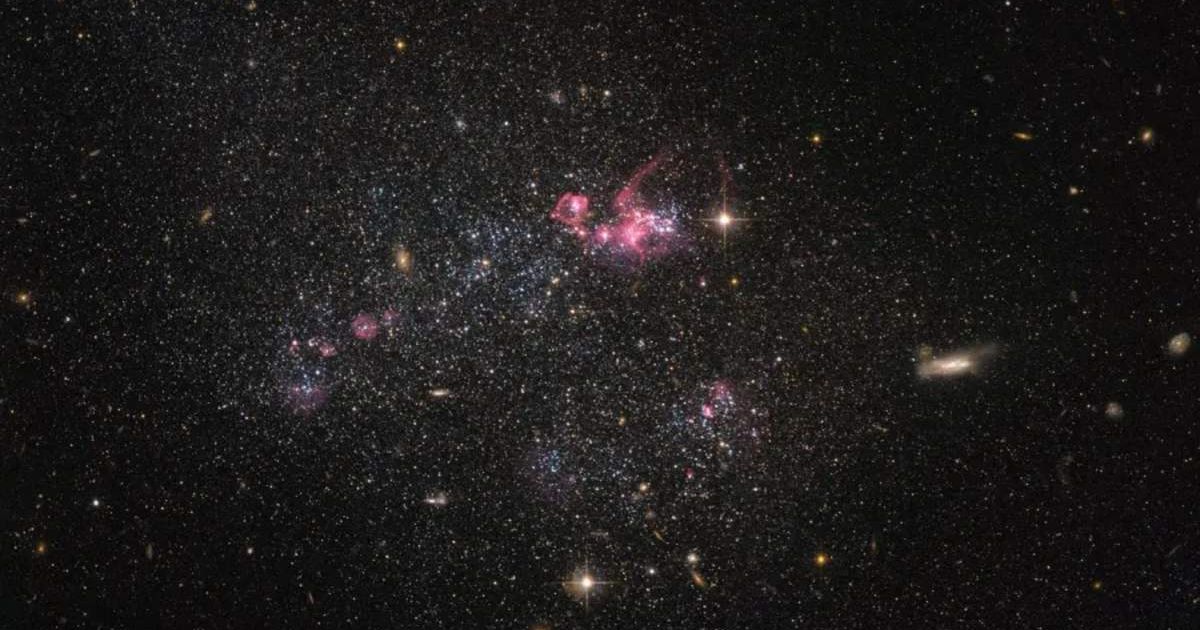
Astronomers have made a stunning discovery that challenges current understanding of dwarf galaxies: the tiny, nearby Segue 1 galaxy is bound not by a dark matter halo, but by an unusually large black hole at its core, according to the University of Texas at Austin.
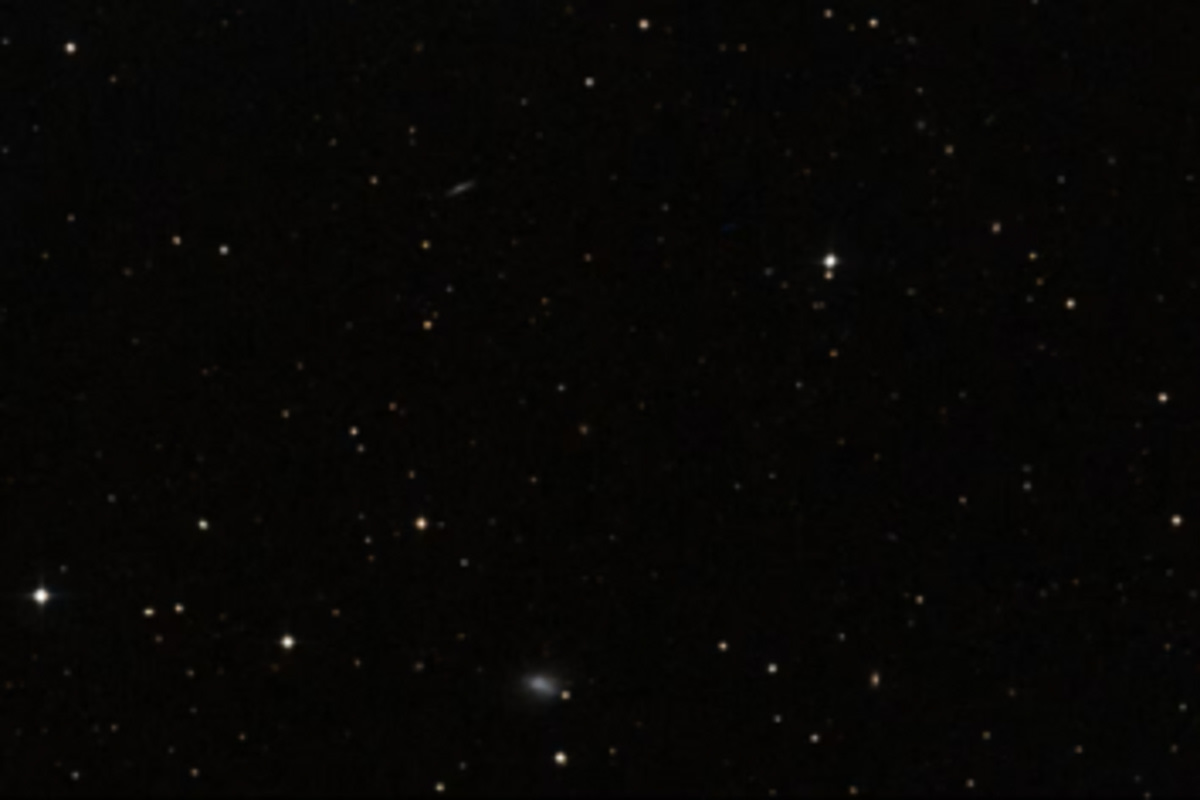
New research, a joint effort by students and faculty at The University of Texas at Austin and The University of Texas at San Antonio, suggests that a supermassive black hole, estimated at a staggering 450,000 times the mass of our Sun, is the primary gravitational force preventing Segue 1's few dozen stars from scattering into space. This mass is roughly ten times that of all the galaxy’s stars combined, an unexpected ratio that could force a "rewrite" of how such small systems evolve.
The finding overturns the long-held assumption that dark matter is the main binding agent in dwarf galaxies. The project originated in a collaborative astronomy course, with students using supercomputers at UT Austin’s Texas Advanced Computing Center to run hundreds of thousands of complex gravitational models. "Our work may revolutionize the modeling of dwarf galaxies or star clusters to include supermassive black holes instead of just dark matter halos," said Nathaniel Lujan, the UTSA graduate student who spearheaded the research recently published in The Astrophysical Journal Letters.
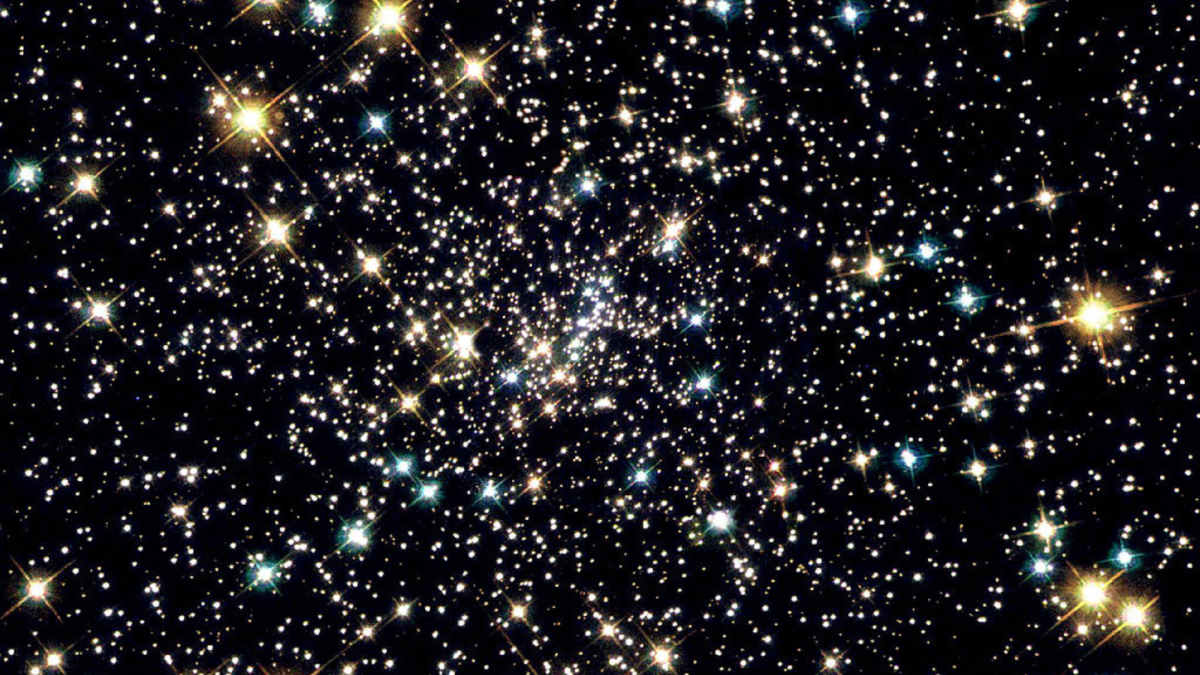
The team mapped the movement of stars in Segue 1, located a mere 75,000 light-years from the Milky Way. After filtering out stars being gravitationally stripped by the larger Milky Way, they analyzed the remaining stars' speed and trajectory. They found that stars near the center were moving in quick, tight orbits, a telltale signature of an enormous central object. Models relying primarily on dark matter showed a poor match, while those incorporating the massive black hole provided a close fit with observations from the W.M. Keck Observatory.
The disproportionately large black hole presents two potential explanations for Segue 1's formation. It may be the remnant of a much larger galaxy that had most of its stars stripped away by the Milky Way. Alternatively, it could be a nearby example of the newly discovered Little Red Dots, distant, early galaxies characterized by huge central black holes and very few stars.
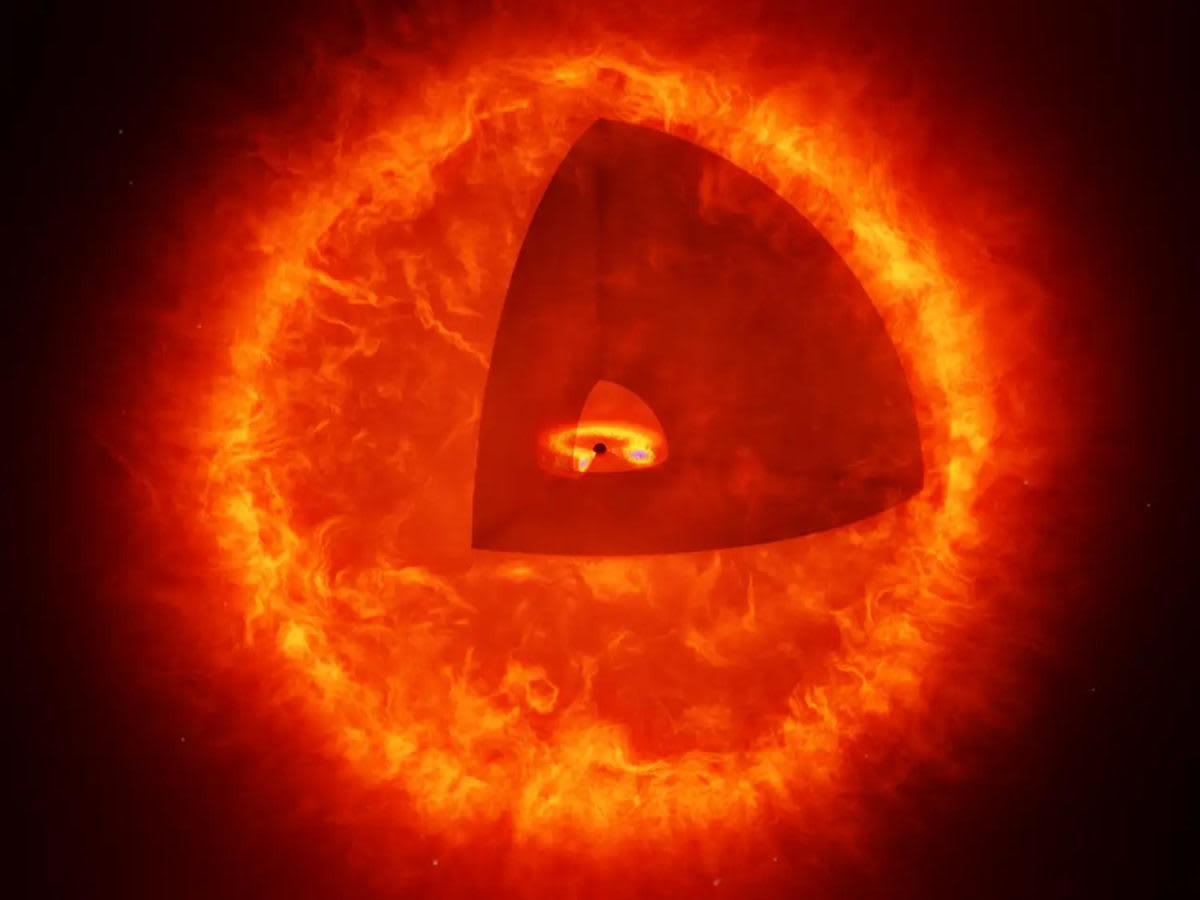
"If this large mass ratio is common among dwarf galaxies, we will have to rewrite how these systems evolve,” noted UT Austin astrophysicist Karl Gebhardt, who co-taught the course. The discovery of the black hole in this "cosmic neighbor" is now giving astronomers an accessible object to study a process that was previously only observable in the most distant reaches of the universe.
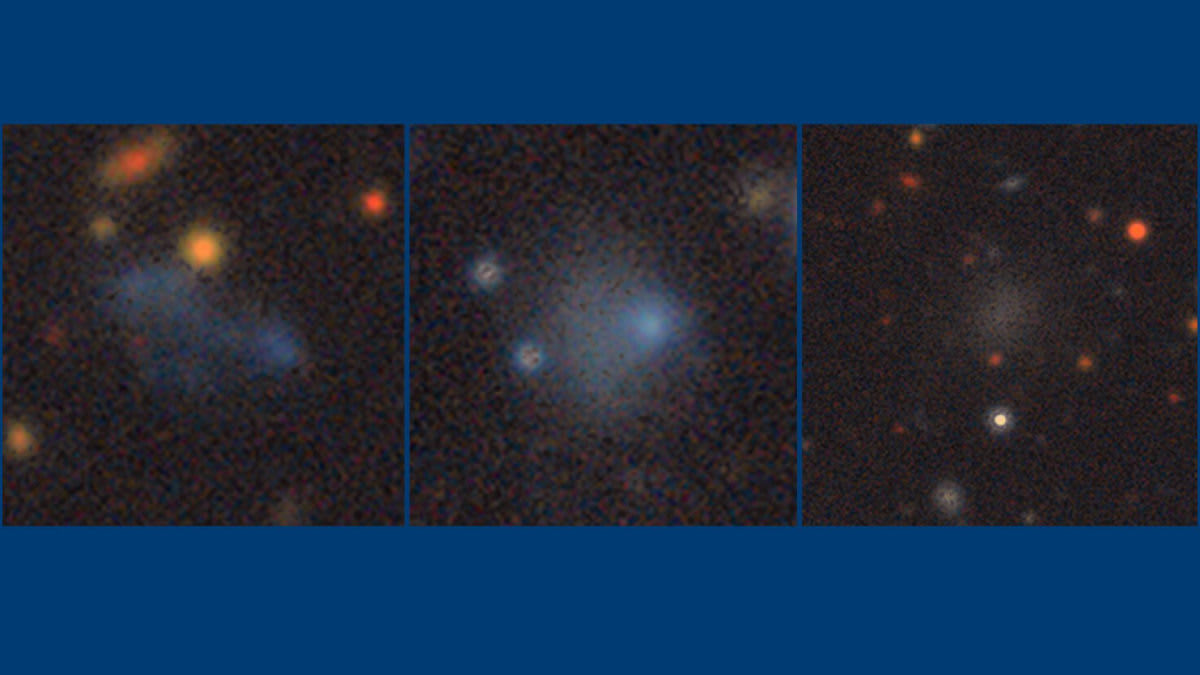
The revelation has significant implications for observations of the early universe. The James Webb Space Telescope (JWST) recently identified enigmatic "red dots" in the deep field, objects initially assumed to be fully-formed, excessively massive galaxies that formed impossibly early after the Big Bang. Researchers are now proposing that these ancient objects, which shared the characteristics of having huge black holes and sparse stars, may actually be a new entity: a "black hole star." With the discovery of Segue 1, astronomers have a local counterpart to these distant phenomena, providing an unprecedented opportunity to study this unique type of galactic formation.
More on Starlust
Astronomers achieve historic first image of two supermassive black holes orbiting each other








